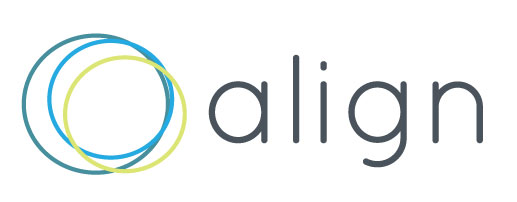Uncover New Opportunities with the Business Model Blueprint
If your business needs a refresh or a boost, capturing ‘today’s reality’ in this 1-page business model template is a great way to get started. I created this template and use it with every business I talk to. It’s available to anyone who wants to use it for themselves or with their clients. And now, it’s finally in a spiffy new format that’s an easy-to-use editable PDF form available for download on our homepage.
For anyone who likes the Business Model Canvas by Osterwalder and Pigneur, you’ll notice the familiarity, and I think you’ll love the changes we made—especially that it’s so easy to fill-in and edit. I added space to identify the business purpose, customer needs and differentiation, and revised some of the language to make it more user-friendly. These are the core reasons I remade the original into my own version.
If you’re new to the idea of documenting your business model, here’s the gist. The business model is the ‘formula’ for how the business creates value—it represents all the main drivers at a 40 thousand-foot view. It’s much easier to analyze and see new opportunities when all the moving parts are spread in front of you in one easy-to-take-in visual table. It captures information on vision, customer needs, product, marketing, operations and finance. Anyone who wants a lean approach to strategy and innovation should start by looking at their business model in this 1-page template.
Business models become outdated as internal and external factors change over time, so it’s necessary to make changes. To be vibrant and sustainable, businesses need to update their business model, not just products, services or marketing alone. And thus, we also created a set of questions to evaluate your business model and identify target areas. This will help you think about things like changing customer expectations, changing demographics and trends, leveraging the latest technologies, dealing with workforce trends and aligning with new strategic partners.
You can download Align’t Business Model Blueprint on our resources page.

